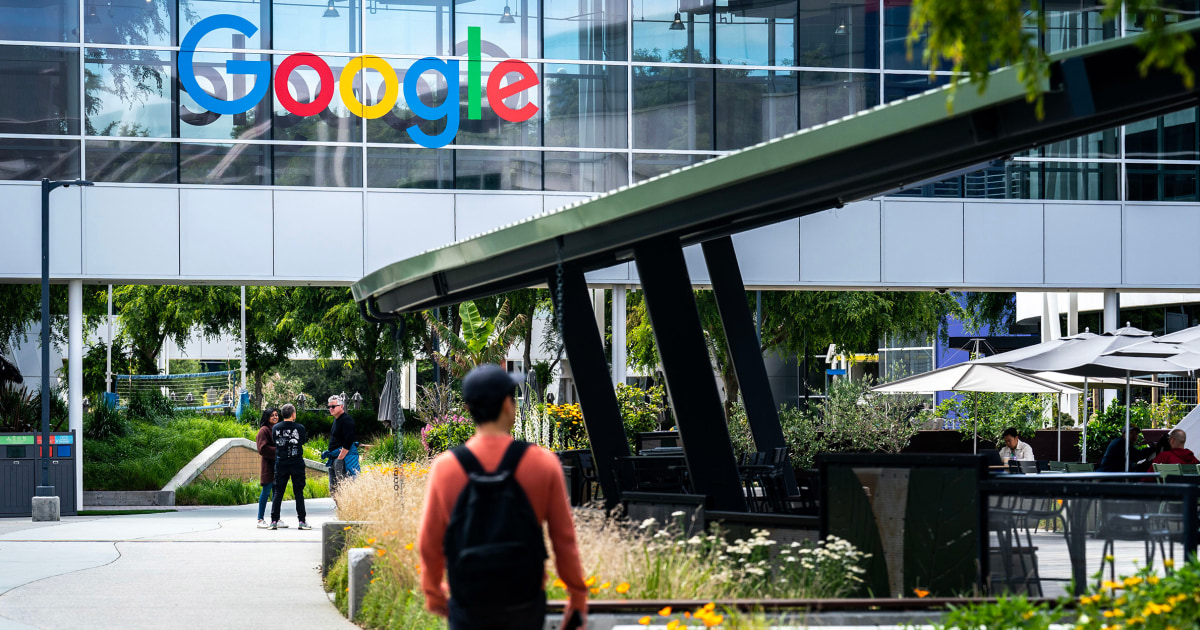Biomimicry: How Nature's Genius is Revolutionizing Technology

For centuries, humanity has looked to nature for inspiration. But in recent decades, this admiration has evolved into a powerful design philosophy: biomimicry. Biomimicry isn't just about appreciating the beauty of the natural world; it's about learning from it, mimicking its ingenious solutions to solve complex technological challenges. From self-healing materials to efficient transportation systems, nature’s ‘living intelligence’ is quietly revolutionizing the way we design and innovate.
What is Biomimicry?
At its core, biomimicry is the practice of emulating nature's patterns and strategies to create sustainable and effective solutions. It’s a departure from traditional engineering, which often prioritizes brute force and resource-intensive processes. Instead, biomimicry asks: 'How would nature solve this?' This approach recognizes that billions of years of evolution have already perfected countless designs, optimized for efficiency, resilience, and sustainability.
Real-World Examples of Biomimicry in Action
The impact of biomimicry is already evident across various industries:
- Velcro: Inspired by Burrs - Perhaps the most famous example, Velcro was invented after Swiss engineer George de Mestral observed how burrs clung to his dog's fur. He analyzed the tiny hooks on the burrs and replicated the design, creating a revolutionary fastening system.
- Bullet Trains: The Kingfisher’s Dive - Early Japanese bullet trains suffered from a loud sonic boom when exiting tunnels and, more importantly, reduced efficiency. Engineers observed the kingfisher, a bird that dives into water with minimal splash, and redesigned the train's nose to mimic its beak. This resulted in a quieter, faster, and more energy-efficient train.
- Self-Healing Concrete: Inspired by Bone - Concrete is prone to cracking, requiring costly repairs. Researchers are now developing self-healing concrete that incorporates bacteria that produce calcium carbonate, effectively 'mending' cracks, much like bone heals itself.
- Solar Cells: Mimicking Leaves - Plants efficiently convert sunlight into energy through photosynthesis. Scientists are developing artificial leaves and solar cells that mimic this process, aiming for greater efficiency and lower production costs. These 'artificial leaves' use similar light-harvesting complexes found in plants.
- Sharkskin Swimsuits & Anti-Bacterial Surfaces: Inspired by Sharkskin - The tiny, tooth-like structures on sharkskin (dermal denticles) reduce drag in water, allowing sharks to swim with remarkable efficiency. This inspired the development of swimsuits and coatings for ships that reduce drag and improve performance. Furthermore, the unique structure of sharkskin inhibits bacterial growth, leading to the development of anti-bacterial surfaces in hospitals and other settings.
- Aerodynamics: Inspired by Birds and Insects - From the wings of airplanes to drone designs, engineers constantly look to birds and insects for inspiration on aerodynamic principles. The complex wing structures of birds and the agility of insects have provided invaluable insights into flight control and efficiency.
The Future of Biomimicry
As we face increasingly complex challenges – climate change, resource depletion, and the need for sustainable solutions – biomimicry offers a powerful and promising path forward. Future applications are likely to expand into areas like robotics (inspired by animal locomotion), materials science (creating stronger, lighter, and more sustainable materials), and even architecture (designing buildings that function like ecosystems).
Biomimicry is more than just a trend; it's a paradigm shift in how we approach design and innovation. By embracing nature’s wisdom, we can create a future that is both technologically advanced and ecologically sustainable. The natural world holds an almost infinite library of solutions – it's up to us to learn how to read it.






